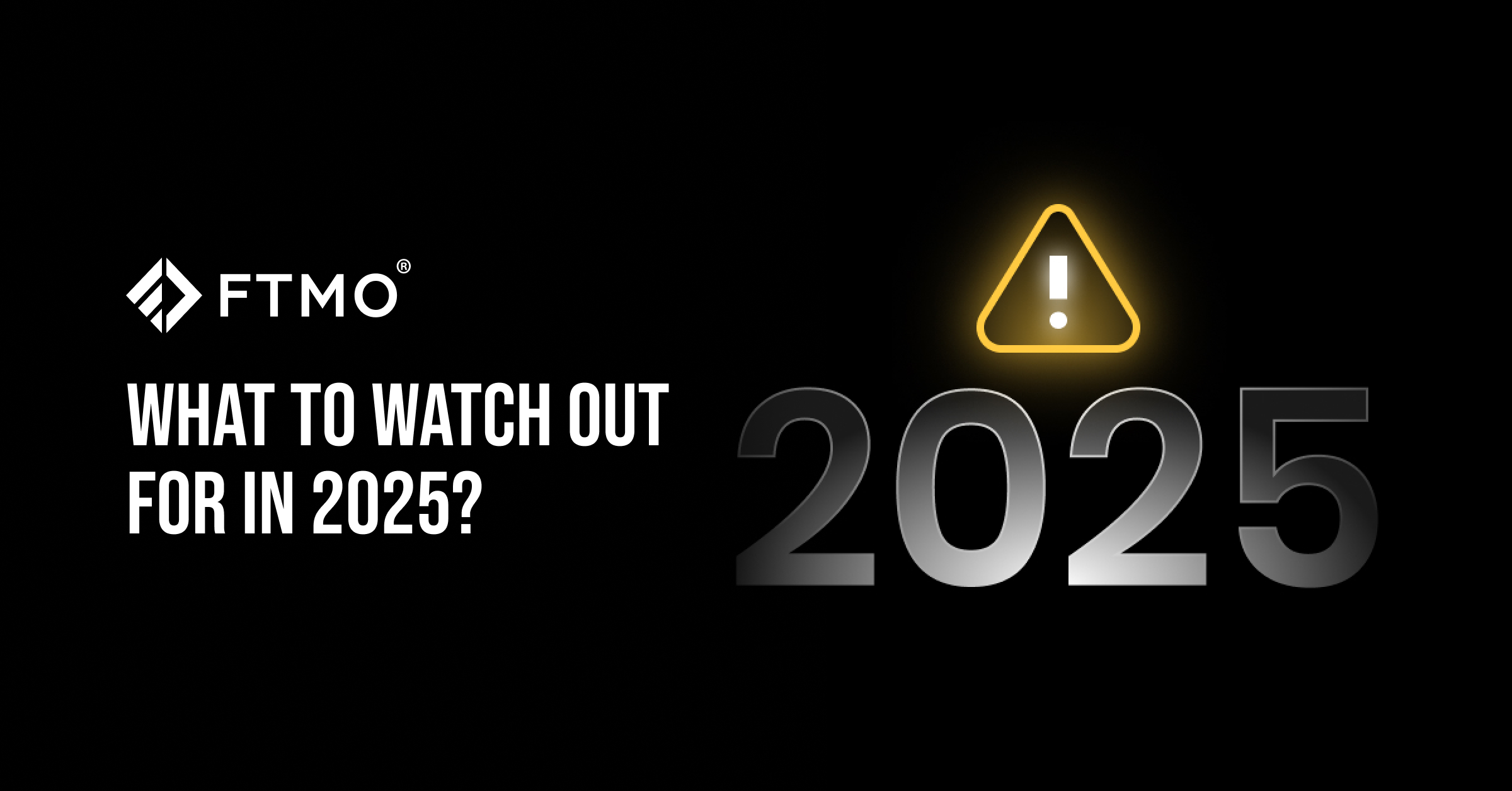
What to watch out for in 2025?
Although the global economy and financial markets have had a relatively good year and economists are generally optimistic in their predictions for next year, there are still risks that economists and investors need to consider.
Optimistic forecasts are fine on the one hand, but it is also true that once analysts are too optimistic in an area, it is necessary to be wary. The expectations of economists and analysts on the one hand and reality on the other are two different things, and there are still quite a lot of potential risks today.
The OECD's latest economic outlook envisages that the global economy will remain resilient in 2025 and GDP growth should continue to grow at a rate of 3.3% in both 2025 and 2026. On the positive side, the continued decline in inflation, which in many countries is approaching central banks' inflation targets, low unemployment and nominal wage growth are then leading to strengthening real household incomes.
Differences across regions are quite marked, but may not be a major problem. In the US, GDP is expected to slow to 2.4% in 2026 after growing by 2.8% in 2025; in the euro area, by contrast, GDP is expected to accelerate to 1.5% in 2026 after growing by 1.3%; Japanese GDP growth is expected to rise to 1.5% in 2025 before falling back to 0.6% in 2026; and in China, GDP is expected to slow in both 2025 (4.7%) and 2026 (4.4%).
Ukraine and the Middle East
The ongoing conflicts in both Ukraine and the Middle East remain a major issue. There is no end in sight to the conflict in the Middle East and, despite the low probability, there is the possibility that the conflict between Iran and Israel will escalate into a larger regional war, with more Gulf countries or the United States becoming heavily involved. The result could be limited oil supplies or disruption of trade routes in the region.
The US may also play a significant role in the war in Ukraine, where President Trump's (in)continued support for the embattled country may be a major factor, as he will want to resolve the conflict quickly. At worst, pressure on Ukrainian President Zelensky could lead to a conditional ceasefire, but in the long run this would increase the risk of a future reignition. It would also embolden other authoritarian regimes to pursue their objectives by force.
Trade wars
A big topic in 2025 will be the possible expansion of the global trade war, which will be driven by the promised tariffs from the new US President Donald Trump. Although many economists and investors do not believe that the new US president will rush to impose tariffs, the worst case scenario is that Trump delivers on his promises and imposes import tariffs of up to 20% on all countries and up to 60% on Chinese goods.
This could have a very negative impact on the US economy and, according to some economists, could lead to a halving of GDP growth or even a possible recession. Trump's next step could then be to deport illegal immigrants, which would result in a reduction in the workforce in some industries, which would then lead to a rise in wages and a consequent rise in inflation.
Outside the US, the tariffs could have a very negative impact, particularly on countries that do not have free trade agreements, and countries such as China, Germany, Japan, Vietnam, Taiwan, Ireland, India, Italy, the UK and Thailand could be the most affected. Retaliatory measures by some countries could be more moderate in order to avoid conflict with the US, but the response is likely to be much more aggressive and will only lead to more protectionism. Weakening currencies against the dollar or targeting US technology companies may lead to the US introducing further measures, which will mean an open trade war that could lead to a reduction in world GDP of between 2% and 3%.
Stock market bubble
Most stock markets have had an exceptionally good year, and investors expect that markets could well grow by more than 10% this year. Apart from the risk of Donald Trump imposing tariffs and the threat of a global trade war, one of the most discussed risks is the long-mentioned bubble, which is especially true for large technology companies. They have recently benefited in particular from the expansion of the capabilities of artificial intelligence, the benefits of which should increasingly be seen in the real economy.
If the opposite were to happen and it turned out to be a potential dead end, or if the real impact of the use of artificial intelligence in the economy turned out to be a long-distance run, the subsequent disappointment could lead to a bubble bursting that could have a similar impact to the bursting of the tech bubble in 2000.
In addition to the risks mentioned, there are many risk factors that could have a significant impact on the global economy and markets, but they are difficult to predict. There could be major natural disasters, another pandemic, or some of the now hidden war conflicts where, for example, China may start to assert its interests in Taiwan by force. There is the growing threat of a major cyber-attack, which is growing in significance as geopolitical tensions worsen, or a major IT blackout, which could have a real global impact. Trade safely!
About FTMO
FTMO has developed a two-step evaluation process to find trading talents. Upon successful completion, you may be eligible for an FTMO Rewards Account with a balance of up to $200,000 in simulated funds. How does it work?














